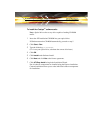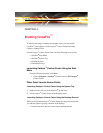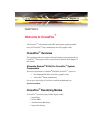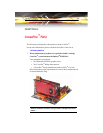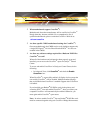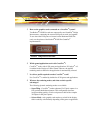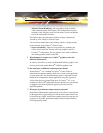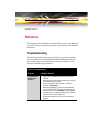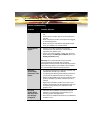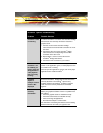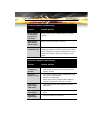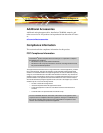
18
• Alternate Frame Rendering - the two graphics cards are used to
render alternate frames of the display. This configuration increases
the detail of the 3D objects each card can render, as each card handles
half of the total number of frames.
The features above are performance features settings automatically
selected by ATI's Catalyst
™
Control Center.
You can instead enable Super Anti-aliasing, which is a display quality
mode selectable using Catalyst
™
Control Center.
• Super Anti-aliasing - improves image quality by combining the
results of full-screen anti-aliasing across two graphics cards in a
CrossFire
™
configuration. The two graphics cards work on different
anti-aliasing patterns within each frame.
9 What happens if you pair two CrossFire
™
graphics cards with
different architectures?
In order for CrossFire
™
to work, the Radeon
®
X1950 Pro graphics card
must be paired with another Radeon
®
X1950 Pro graphics card.
10 On what basis are different rendering modes chosen?
When Catalyst
™
A.I. is enabled in Catalyst
™
Control Center, it
determines the optimal rendering mode to use, based on the application
or game being used. The default rendering mode is dependant on both
the hardware configuration and the application being run; typically it
will be either Scissor or SuperTiling mode. If Catalyst
™
A.I. is not
enabled, any Direct 3D
®
applications that are running on a system based
on graphics cards with 16-pipeline graphics processors will use
SuperTiling Mode.
11 What type of performance improvement is expected?
Performance enhancements experienced on a CrossFire
™
system depend
on the application or game being used. Performance improvements can
be increased up to 100%, and the latest graphics-intensive programs will
generally see over 80% performance improvement at high resolutions
and image-quality modes.



